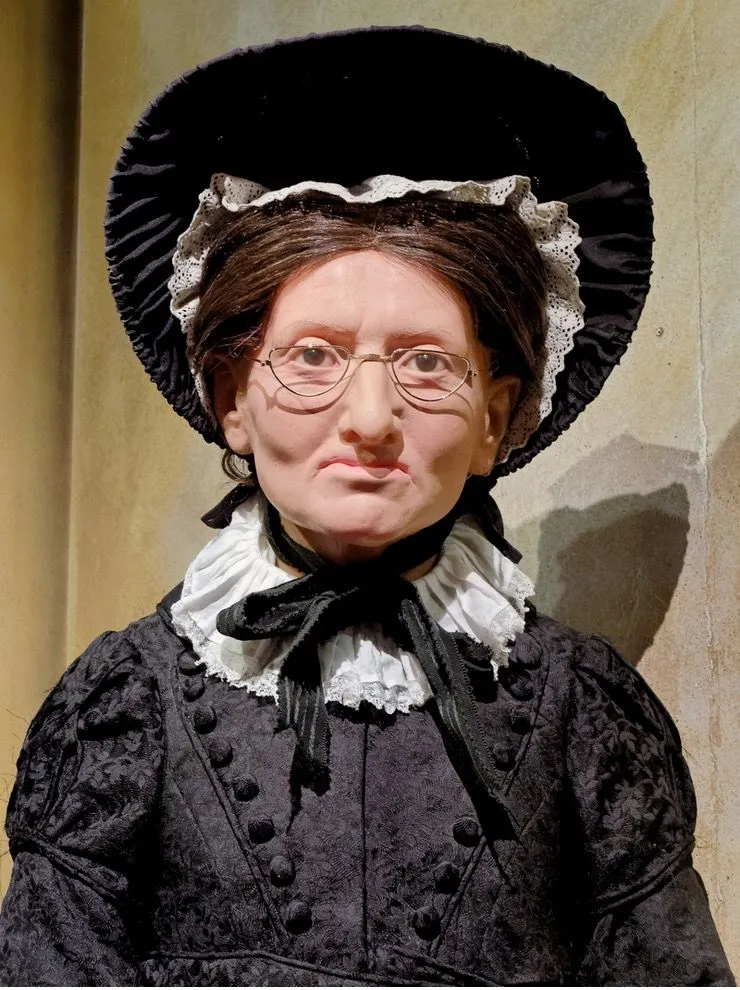From Death Masks to Celebrities: Madame Tussaud's Sinister Path to Wax Museum Fame
04 Jun 2024Madame Marie Tussaud, the founder of the famous wax museum, became renowned for her skill in creating realistic wax figures. However, few people know that the beginning of her career was linked to executions during the French Revolution.

Marie Grosholtz, who later became Madame Tussaud, was born in 1761 in France. She studied the art of wax sculpture under Dr. Philippe Curtius, a talented wax modeler. Thanks to her talent, Marie quickly mastered the art of creating realistic figures. During the French Revolution, which began in 1789, Marie found herself in political turmoil. The revolution brought chaos and violence, and the guillotine became a symbol of this period. Thousands of people, including members of the royal family and prominent political figures, were executed in the squares of Paris.
Madame Tussaud was assigned by the leaders of the revolution to create death masks in wax from the heads of the executed. These were extremely dangerous and gruesome tasks, as she had to work directly at the execution sites. The masks she collected were used to create wax figures, which were then displayed in public museums. In this way, Madame Tussaud preserved the history of the revolution through her works.
In 1802, Madame Tussaud moved to Great Britain, where she continued her work on wax figures. She traveled around the country, showcasing her creations at exhibitions. In 1835, she opened her first permanent museum on Baker Street in London, which quickly became popular. Over time, Madame Tussaud's museum evolved into one of the most famous in the world, with branches in many countries. Marie Tussaud's works remain a testament to her skill and the extraordinary history of her career, which began on the bloody streets of revolutionary Paris.